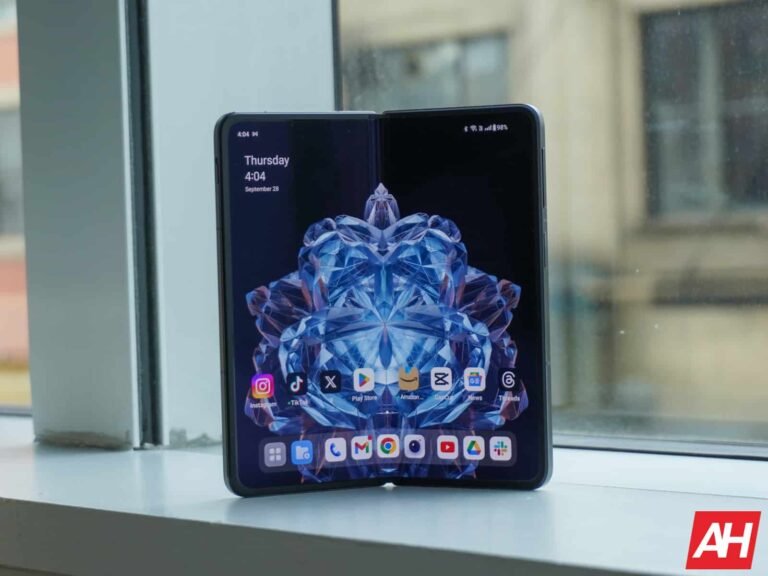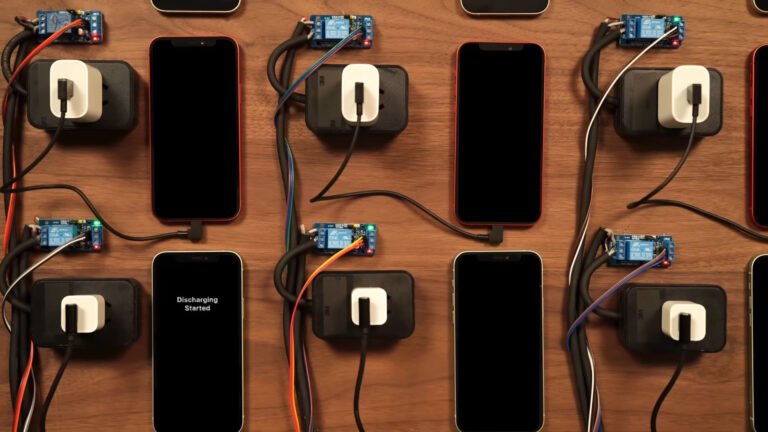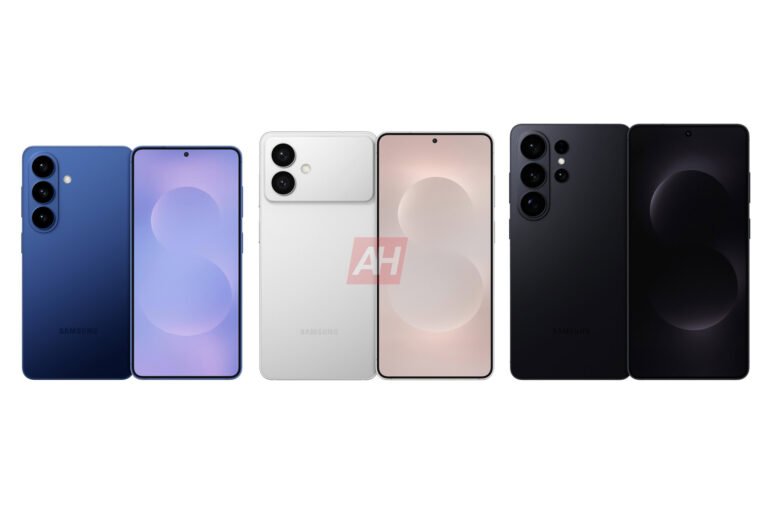

Qualcomm’s new flagship processor, the Snapdragon 8 Elite Gen 5, proves once again that raw power often comes with a significant trade-off: heat and thermal throttling. Initial benchmarks show the chip delivering undoubtedly top-tier performance. However, recent stress testing indicates that only smartphones with extreme cooling systems can maintain that peak output over time. For most mainstream flagships, the heat generated forces significant performance cuts, creating a clear performance split in the market.
Early testing on gaming-focused (by Android Authority) handsets revealed the chip’s full potential. The devices in question are the realme GT8 Pro and Nubia REDMAGIC 11 Pro. As for raw power, the results put the chipset at the top of the performance charts. However, this level of output required the phone’s surface temperature to hit a blister 56°C under sustained graphics stress. This temperature is far too hot for comfortable handheld use. The REDMAGIC phone helps mitigate the effect thanks to its advanced cooling system that even integrates a fan. However, the realme GT8 Pro and its more traditional approach cannot boast the same.
Snapdragon 8 Elite Gen 5 runs hot, faces thermal throttling without a fan
During tests on the realme GT8 Pro, the device had to aggressively reduce the chip’s clock speed to keep the touch temperature at a conservative 44.1°C. In demanding graphics tests, this necessary throttling caused the phone’s performance to plummet to less than 30% of its initial peak. Under extended, sustained load, this meant the Snapdragon 8 Elite Gen 5 actually performed worse than its predecessor in that particular mainstream phone.
These results reinforce a crucial reality of modern mobile silicon: the thermal design of a phone, more than the chip’s raw capability, now dictates real-world, sustained performance. The chip can certainly fly in short bursts, which is excellent for quick app launches or snapping a photo. But without sufficient hardware to dissipate the heat quickly, those benefits vanish during longer activities. The list includes intense 3D gaming, high-framerate emulators, and extended use of complex AI features, among others.
A year of trade-offs
For consumers, this data suggests the next generation of flagships will involve a clear choice between trade-offs. Phone makers must decide whether to prioritize raw performance, allowing the phone to run hotter to maintain faster speeds (a strategy used by gaming phones), or to prioritize comfort by aggressively throttling performance early to keep the phone’s surface cool and preserve battery life (the approach taken by most mainstream brands).
Perhaps Qualcomm was aware of this, and that’s why they released the Snapdragon 8 Gen 5? In theory, the latter should offer similar performance and thermals to the Snapdragon 8 Elite. This way, Qualcomm would offer the most powerful—and hottest—Snapdragon 8 Elite Gen 5 for devices with powerful cooling solutions. However, this is just speculation on our part based on stress test results.
The post Snapdragon 8 Elite Gen 5 Thermals Force Performance Throttling appeared first on Android Headlines.






